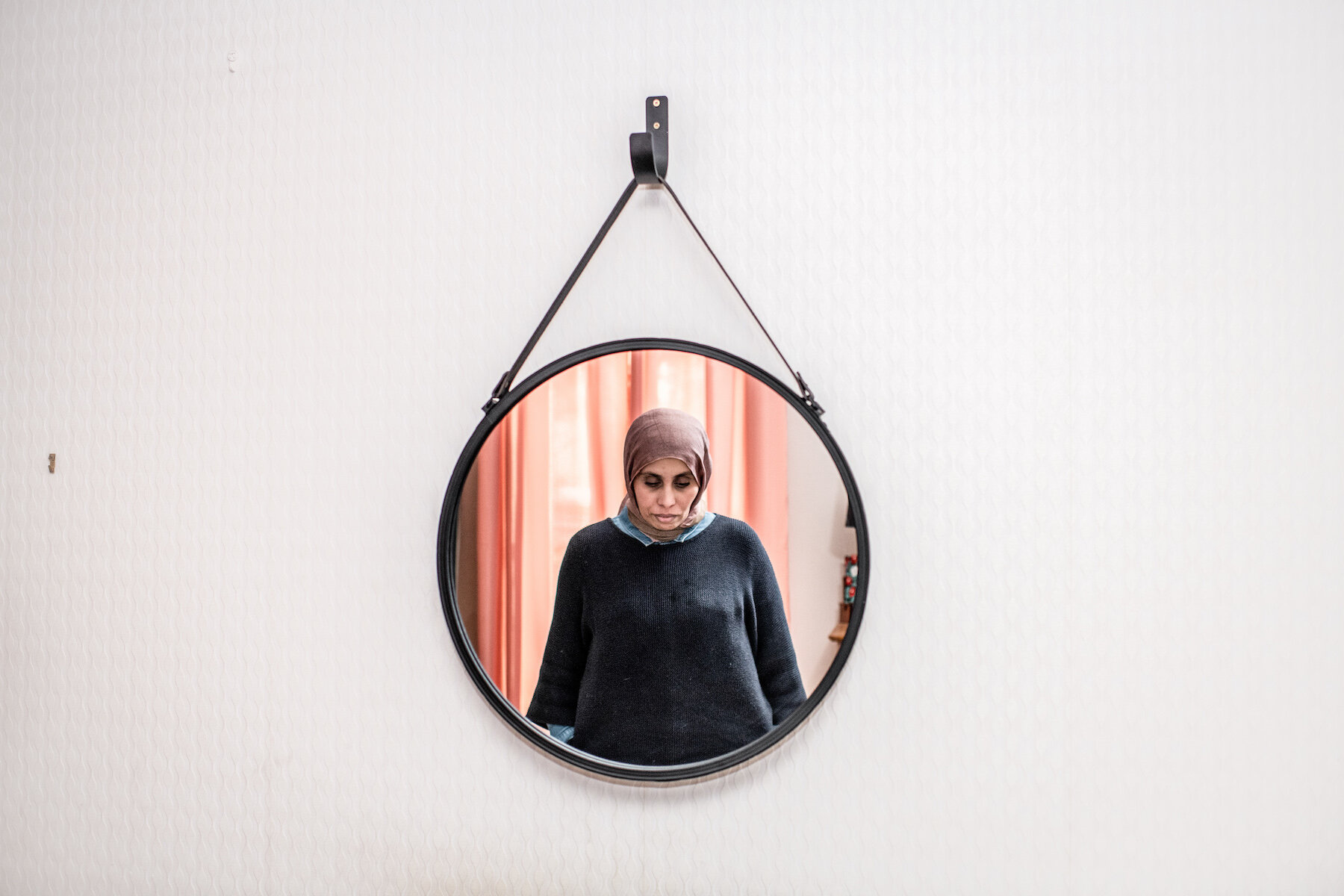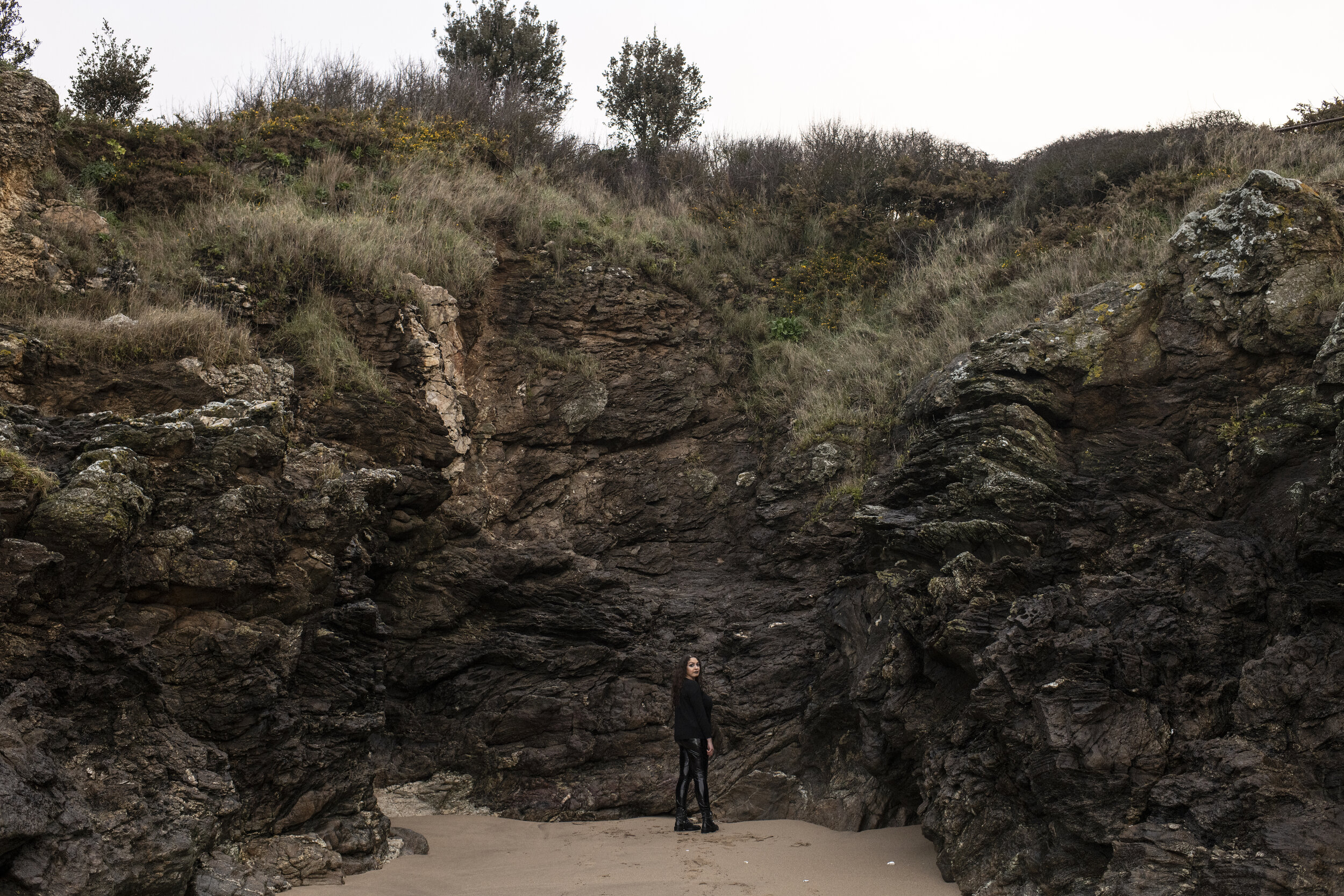Tanya Habjouqa
Diary of Inquietude: Testimonies of French Muslim Women
“Whatever Muslims wear – and despite this being by choice – Muslim women in France find themselves in the middle of a secularism debate they have no voice in.” Widad Ketfi, French journalist.
Muslim women can have a modern interpretation of Islam and their own vision for feminism, so why is the policing of women’s bodies continuously institutionalized by the French state? This is the question that guided my multidisciplinary audio-visual investigation into the lives of French Muslim women and girls across France. A collection of audio testi- monies will be utilized to create ethnographic soundscapes for the exhibit, and as a source of material for the print edition of our project. The audio tracks are a record of oral history. Video and still portraits were taken in collaboration with participants, mixing a recreation of memories, absurdist commentary, and traditional portraiture.
Diaries of Inquietude: Testimonies of French Muslim Women
The Seine, filmed at the location of the Paris massacre of 196. French police turned against Algerian demonstrators in Paris. Some were shot, others drowned in the river. For years the killings were not acknowledged.
The video reveals Taous, 40 (left) and Fatiha, 55 (right) who are part of the “Operation Burkini” Citizen Alliance, an activist movement in Grenoble, where groups of women wearing “burkinis” gather in critical mass to swim in public pools. They have been kicked out, banned, and fined for their actions. The audio recordings share conversations with eight French Muslims who collaborated on the project. Fatiha, Taous, Ines, Nadia, Yasmine, Hagar, Rym, and Jihane. Part of the NOOR group exhibit tackling Islamophobia in Europe. Exhibited at the Melkweg Expo, Amsterdam, NL, in October of 2020.
Single-channel color video, 2020.
Produced and filmed by Tanya Habjouqa
““As a Jordanian-American raised in both countries with secularism and cultural Islam, I never struggled with my place as an atheist in the family. It was a fluid experience. My devout grandmother was the first woman in Amman to get her driver’s license, a feminist; the only one of her sisters who did not wear hijab. It never mattered in our house, it was always a personal choice. The Western preoccupation with hijab has always irritated me.”
— Tanya Habjouqa, NOOR Author ”
“After graduating from university in Economics, I decided to reinvent myself as a baker. I went to take the exam, which took place in a public high school. A representative of the high school asked me to remove my scarf. I refused. He said that my scarf was forbidden, but I explained to him that since I wasn’t a student nor working in the school, the rule did not apply to me. He insisted. I felt trapped. It was rude to go because there were demonstrators who came just for me to the test. I tried to explain that it didn’t make any sense and that, to me, it was like asking to take off my trousers. He didn’t get it, or didn’t want to, I don’t know. It was very hard because I knew I had the right to keep it.
Then, I hid in a corner of the room, I tied my scarf around my head and he asked me if I wanted to put on a plastic cap to be more comfortable. I answered that the most comfortable to me would be to keep my scarf. Then he left. The representatives of the company were really embarrassed because I was crying out of humiliation. I wrote to the local authority of Education, and a few weeks later I received a letter from the high school with apologies.”
Rym, baker, 36, Paris.
I Exist: European Stories of Islamophobia
The narratives included in I Exist seek to perform a challenging task: amplify the voice of those often marginalised in the contemporary discussion of Islam and its role in Europe. Bringing together the work of five photographers, Nina Berman, Tanya Habjouqa, Olga Kravets, Bénédicte Kurzen, and Sebastián Liste, I Exist shares the personal stories of Muslims in Spain, France, Belgium and Italy, hoping to live as citizens but othered in a hyper-visible and critical reality. Exploring the diversity of the European Muslim experience as well as the diversities of European Islamophobia, these stories provide an opportunity to counter the narrow, brittle, and false vision of a Europe besieged by ravening Islamic fanatics bent on destruction.
How the increasing religious diversity of Europe will manifest itself in the years to come is a key topic in the works included in I Exist. Some responses have been constructive, as documented by Nina Berman in the Belgian town of Mechelen, where social policies are fostering inclusivity and combatting both stigma and extremism. In other cases, matters have been more contentious, with far-right parties exploiting ambient suspicions and prejudices.












